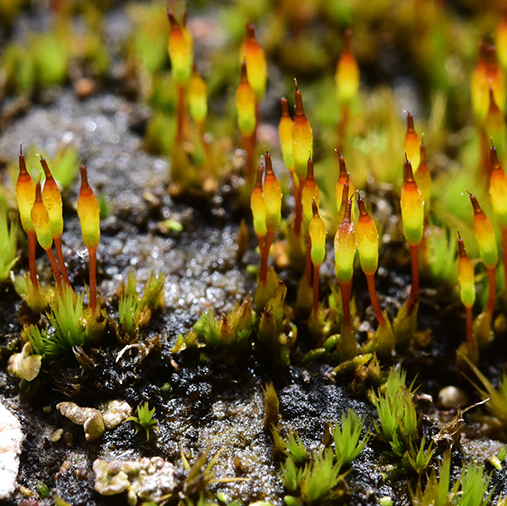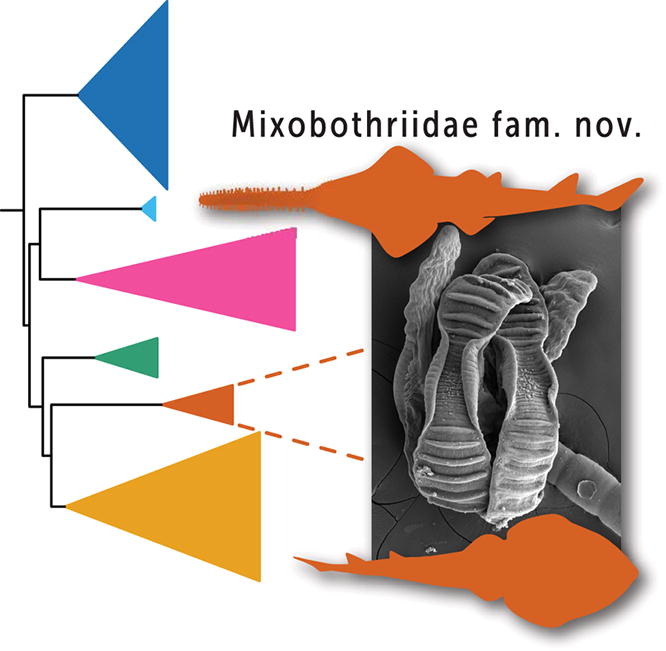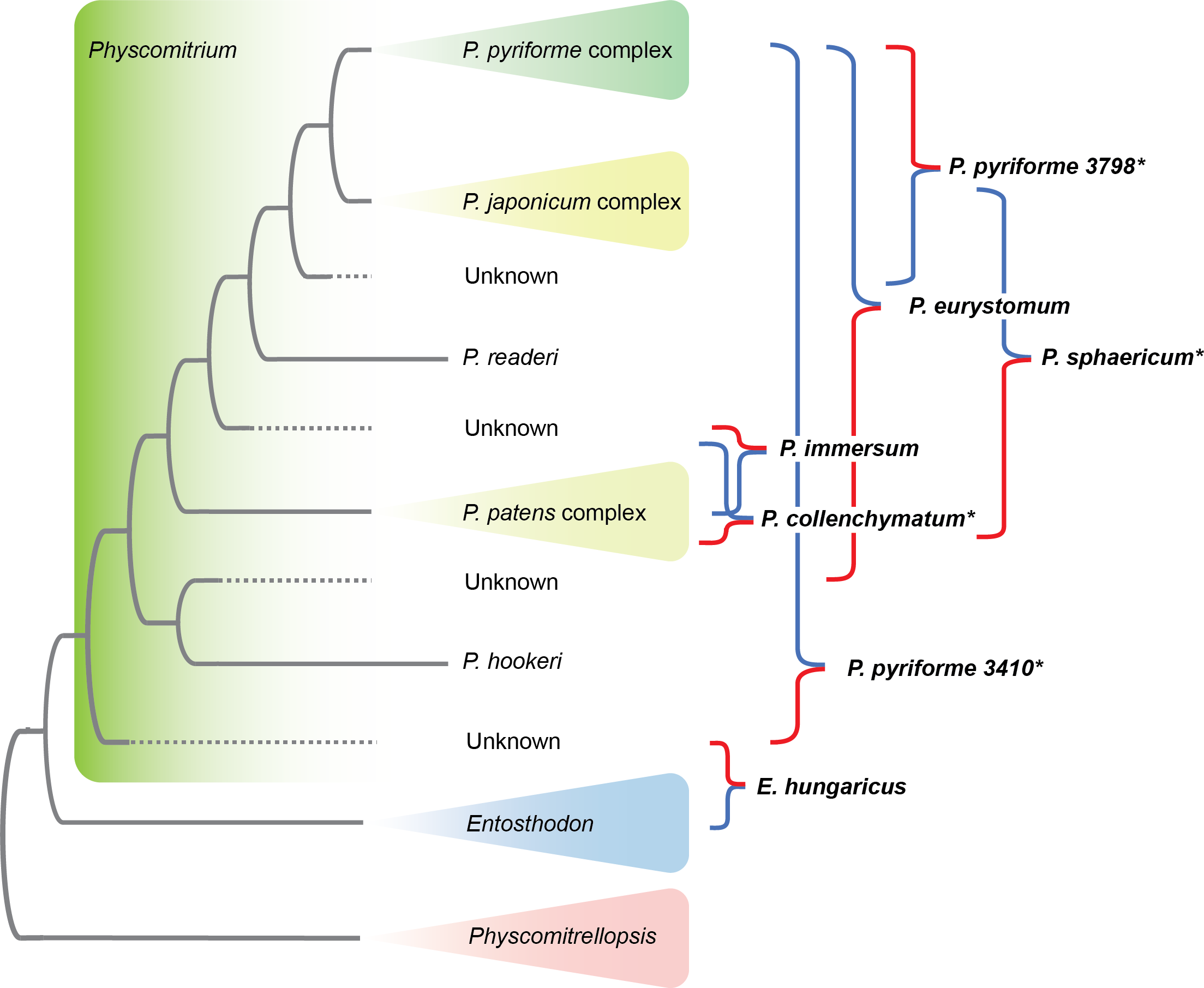A new publication on lichens lists many specimens deposited in the CONN herbarium, including various types.
Magain N., J. Miadlikowska, B. Goffinet, T. Goward, I. Juriado, A. Simon, C.J. Pardo De la Hoz, J. Mercado-Diaz, T. Barlow, B. Moncada, R. Lücking, A. Spielmann, L. Canez, L.S. Wang, P. Nelson, T. Wheeler, F. Lutzoni & E. Sérusiaux. 2023. High species richness in the lichen genus Peltigera (Ascomycota, Lecanoromycetes): 34 species in the dolichorhizoid and scabrosoid clades of sect. Polydactylon, including 23 new to science. Persoonia 51: 1–88. pdf GoogleScholar
Abstract reads: Applying molecular methods to fungi establishing lichenized associations with green algae or cyanobacteria has repeatedly revealed the existence of numerous phylogenetic taxa overlooked by classical taxonomic approaches. Here, we report taxonomical conclusions based on multiple species delimitation and validation analyses performed on an eight-locus dataset that includes world-wide representatives of the dolichorhizoid and scabrosoid clades in section Polydactylon of the genus Peltigera. Following the recommendations resulting from a consensus species delimitation approach and additional species validation analysis (BPP) performed in this study, we present a total of 25 species in the dolichorhizoid clade and nine in the scabrosoid clade, including respectively 18 and six species that are new to science and formally described. Additionally, one combination and three varieties (including two new to science) are proposed in the dolichorhizoid clade. The following 24 new species are described: P. appalachiensis, P. asiatica, P. borealis, P. borinquensis, P. chabanenkoae, P. clathrata, P. elixii, P. esslingeri, P. flabellae, P. gallowayi, P. hawaiiensis, P. holtanhartwigii, P. itatiaiae, P. hokkaidoensis, P. kukwae, P. massonii, P. mikado, P. nigriventris, P. orientalis, P. rangiferina, P. sipmanii, P. stanleyensis, P. vitikainenii and P. willdenowii; the following new varieties are introduced: P. kukwae var. phyllidiata and P. truculenta var. austroscabrosa; and the following new combination is introduced: P. hymenina var. dissecta. Each species from the dolichorhizoid and scabrosoid clades is morphologically and chemically described, illustrated, and characterised with ITS sequences. Identification keys are provided for the main biogeographic regions where species from the two clades occur. Morphological and chemical characters that are commonly used for species identification in the genus Peltigera cannot be applied to unambiguously recognise most molecularly circumscribed species, due to high variation of thalli formed by individuals within a fungal species, including the presence of distinct morphs in some cases, or low interspecific variation in others. The four commonly recognised morphospecies: P. dolichorhiza, P. neopolydactyla, P. pulverulenta and P. scabrosa in the dolichorhizoid and scabrosoid clades represent species complexes spread across multiple and often phylogenetically distantly related lineages. Geographic origin of specimens is often helpful for species recognition; however, ITS sequences are frequently required for a reliable identification.
 Zhang L., Q. Zuo, W.Z. Ma, J. Shevock, N. Patel, M. Johnson, R. Medina, N. Wilding & B. Goffinet. 2023 Phylogenomics resolves the rediscovered Himalayan endemic Brachymeniopsis gymnostoma (Bryophyta, Funariaceae), as a species of Entosthodon, prompting also the transfer of Clavitheca poeltii. Taxon 72: 1216–1227.
Zhang L., Q. Zuo, W.Z. Ma, J. Shevock, N. Patel, M. Johnson, R. Medina, N. Wilding & B. Goffinet. 2023 Phylogenomics resolves the rediscovered Himalayan endemic Brachymeniopsis gymnostoma (Bryophyta, Funariaceae), as a species of Entosthodon, prompting also the transfer of Clavitheca poeltii. Taxon 72: 1216–1227.  Herzog, K.S., J.N. Caira, P.Kumar Kar & K. Jensen. 2023. Novelty and phylogenetic affinities of a new family of tapeworms (Cestoda: Rhinebothriidea) from endangered sawfish and guitarfish. International Journal for Parasitology 53: 347–362.
Herzog, K.S., J.N. Caira, P.Kumar Kar & K. Jensen. 2023. Novelty and phylogenetic affinities of a new family of tapeworms (Cestoda: Rhinebothriidea) from endangered sawfish and guitarfish. International Journal for Parasitology 53: 347–362.  Patel N., R. Medina, L.D. Williams, O. Lemieux, B. Goffinet & M.G. Johnson. Frequent allopolyploidy with distant progenitors in the moss genera Physcomitrium and Entosthodon (Funariaceae) identified via subgenome phasing of targeted nuclear genes.
Patel N., R. Medina, L.D. Williams, O. Lemieux, B. Goffinet & M.G. Johnson. Frequent allopolyploidy with distant progenitors in the moss genera Physcomitrium and Entosthodon (Funariaceae) identified via subgenome phasing of targeted nuclear genes.  Bechteler J., G. Peñaloza-Bojacá, D. Bell, G. Burleigh, S. F. McDaniel, E. C. Davis, E. B. Sessa, A. Bippus, D. Christine Cargill, S. Chantanoarrapint, I. Draper, L. Endara, L. L. Forrest, R. Garilleti, S. W. Graham, S. Huttunen, J. Jauregui Lazo, F. Lara, J. Larraín, L. R. Lewis, D. G. Long, D. Quandt, K. Renzaglia, A. Schäfer-Verwimp, G. Ee Lee, A. S. Pinilla, M. von Konrat, C. E. Zartman, M. Regina Pereira, B. Goffinet & J. C. Villarreal. 2023. Comprehensive phylogenomic time tree of bryophytes reveals deep relationships and uncovers gene incongruences in the last 500 million years of diversification. American Journal of Botany 110: e16249.
Bechteler J., G. Peñaloza-Bojacá, D. Bell, G. Burleigh, S. F. McDaniel, E. C. Davis, E. B. Sessa, A. Bippus, D. Christine Cargill, S. Chantanoarrapint, I. Draper, L. Endara, L. L. Forrest, R. Garilleti, S. W. Graham, S. Huttunen, J. Jauregui Lazo, F. Lara, J. Larraín, L. R. Lewis, D. G. Long, D. Quandt, K. Renzaglia, A. Schäfer-Verwimp, G. Ee Lee, A. S. Pinilla, M. von Konrat, C. E. Zartman, M. Regina Pereira, B. Goffinet & J. C. Villarreal. 2023. Comprehensive phylogenomic time tree of bryophytes reveals deep relationships and uncovers gene incongruences in the last 500 million years of diversification. American Journal of Botany 110: e16249.